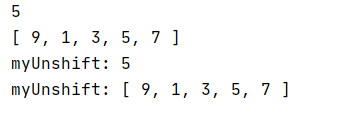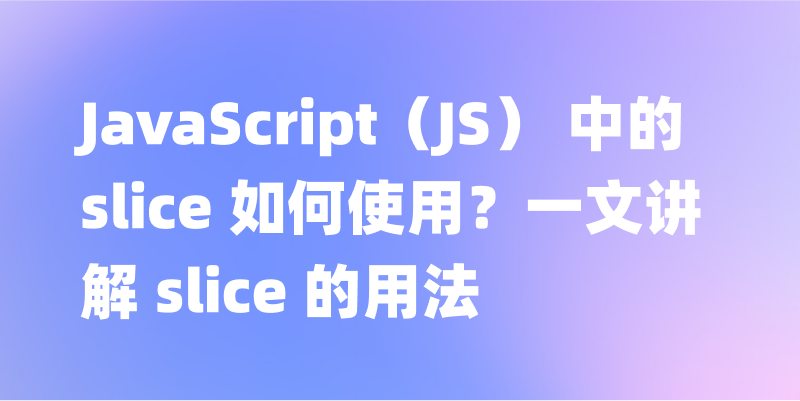重写数组的方法(改变原数组)
下图是我自我学习模拟数组时总结的一些重新数组的方法:
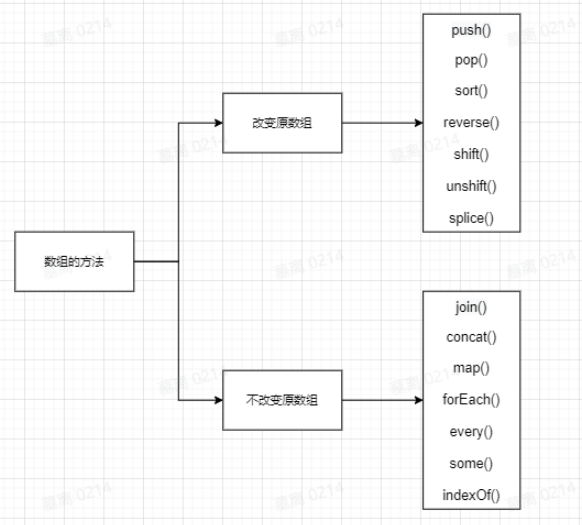
本文我们暂不讨论不改变原数组的方法,只谈改变原数组用到的 6 种方法。
改变原数组的方法
push()
按参数顺序向数组尾部添加元素,返回新数组的长度
var color = ['red', 'green']
var color2 = color2.push(['blue','purple'])
alert(color) // ['red', 'green']
alert(color2) // ['red', 'green','blue','purple']重写:
Array.prototype._push = function() {
for(let i = 0; i < arguments.length; i++) {
this[this.length] = arguments[i]
}
return this.length
}
var arr1 = [1, 2, 3]
console.log(arr1.push(4, 5)) // 返回新数组的长度 5
console.log(arr1._push(6, 7)) // 返回新数组的长度 7
console.log(arr1) // [1, 2, 3, 4, 5, 6, 7]pop()
删除数组中的最后一个元素,并返回该元素
var color = ['red', 'green','blue','purple']
var color2 = color.pop()
alert(color) // ['red','green','blue']
alert(color2) // ['purple']
Array.prototype._pop() = function() {
if(this.length) {
let res = this[this.length - 1]
delete this[this.length]
this.length--
return res
}
}
let arr2 = [1, 2, 3, 4, 5]
console.log(arr2.pop()) // 返回删除的元素 5
console.log(arr2._pop()) // 返回删除的元素 4
console.log(arr2) // [1, 2, 3]sort()
默认情况下,sort () 会按照升序重新排列数组元素,即最小的值在前面,最大的值在后面。因此,sort () 会在每一项上调用 string () 转换函数,然后比较字符串来决定顺序。即使数组的元素都是数值,也会先把数组转换成字符串再比较、排序。例如:
let values = [0, 1, 5, 10, 15]
values.sort()
console.log(values) //0,1,10,15,5一开始数组中的数值的顺序是正确的,但是调用 sort () 会按照这些数值的字符串形式重新排序。所以它可以接收一个比较函数,用于判断哪个值应该排在前面。
function compare(a, b) {
if(a < b) return -1
else if(a > b) return 1
else return 0
}这个比较函数可以适用于大多数数据类型,可以把他当做参数传给 sort (),例如:
let values = [0, 1, 5, 10, 15]
values.sort(compare)
console.log(values) // 0,1,5,10,15当然,也可以使排序产生降序效果,只需要把返回值交换一下即可:
function compare(a, b) {
if(a < b) return 1
else if(a > b) return -1
else return 0
}
let values = [0, 1, 5, 10, 15]
values.sort(compare)
console.log(values) // 15,10,5,1,0重写:
var arr = [4, 1, 6, 9, 3, 2, 8, 7]
var arr2 = [4, 1, 6, 9, 3, 2, 8, 7]
console.log(arr.sort());
Array.prototype.mySort = function (arr) {
for (var i = 0; i < this.length; i++) {
for (var j = i + 1; j < this.length; j++) {
if (this[i] > this[j]) {
var temp = this[i]
this[i] = this[j]
this[j] = temp;
}
}
}
return this
}
console.log('mySort:',arr2.mySort());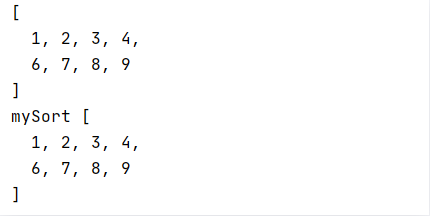
reverse()
将数组倒叙,改变原数组
Array.prototype.myReverse = function () {
var left = 0,
right = this.length - 1;
while (left < right) {
var temp = this[left];
this[left] = this[right];
this[right] = temp;
left++;
right--;
}
}
var arr2 = [1, 3, 5, 7, 9]
console.log('before:', arr2)
myReverse(arr2)
console.log('after:', arr2)shift()
删除数组第一个元素,并返回该元素
var arr = [1, 3, 5, 7]
console.log(arr.unshift(9))
console.log(arr)
Array.prototype.myUnshift = function () {
var L = this.length;
var newArr = arguments.length
for (var i = L + newArr - 1; i >= 0; i--) {
if (i > newArr - 1) {
this[i] = this[i - newArr];
} else {
this[i] = arguments[i];
}
}
return this.length;
}
var arr2 = [1, 3, 5, 7,]
console.log('myUnshift:', arr2.myUnshift(9));
console.log('myUnshift:', arr2)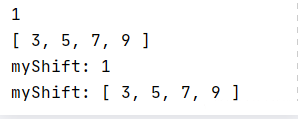
unshift()
向数组开头增加一个或多个元素,并返回新的长度,以上就是我练习时使用的方法,感兴趣的伙伴可在3A的服务器上部署环境,自己进行开发试验。
var arr = [1, 3, 5, 7]
console.log(arr.unshift(9))
console.log(arr)
Array.prototype.myUnshift = function () {
var L = this.length;
var newArr = arguments.length
for (var i = L + newArr - 1; i >= 0; i--) {
if (i > newArr - 1) {
this[i] = this[i - newArr];
} else {
this[i] = arguments[i];
}
}
return this.length;
}
var arr2 = [1, 3, 5, 7,]
console.log('myUnshift:', arr2.myUnshift(9));
console.log('myUnshift:', arr2)